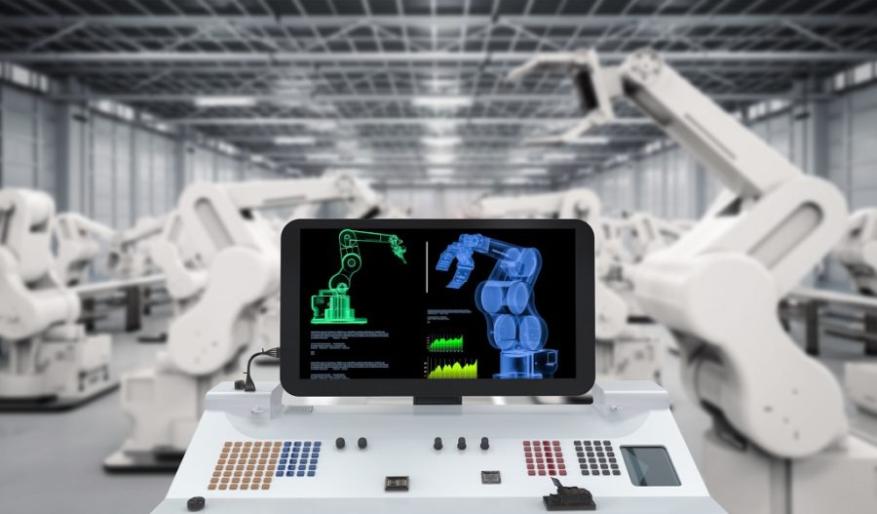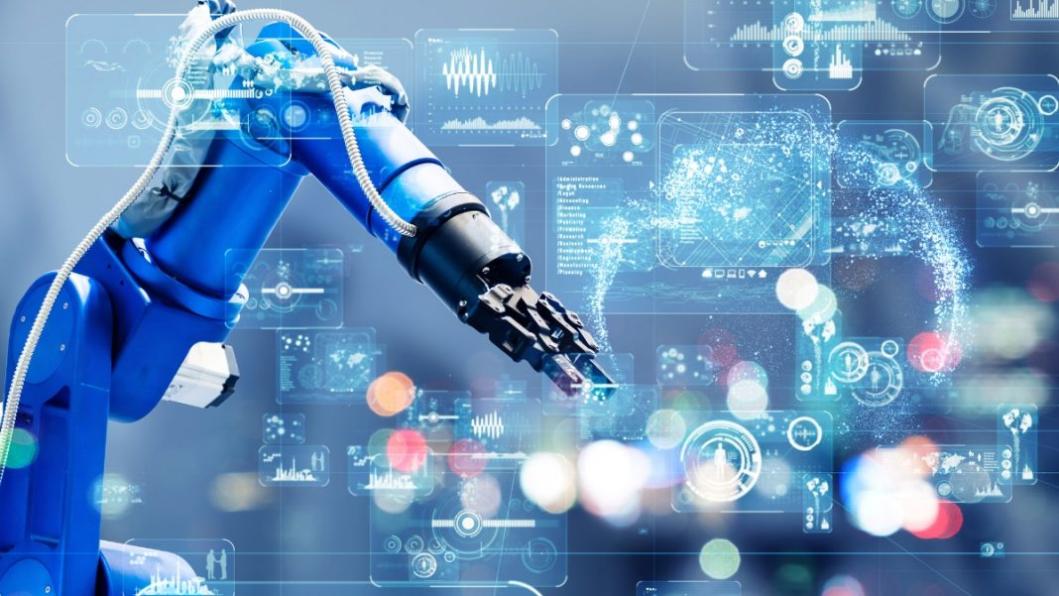How Can AI Collaborate with Human Workers to Enhance Manufacturing Processes?
The manufacturing industry is a vital part of the global economy, contributing trillions of dollars in revenue and employing millions of workers. However, the industry faces a number of challenges, including rising costs, increasing competition, and a shortage of skilled workers. Artificial intelligence (AI) is a rapidly developing field that has the potential to transform manufacturing processes and address these challenges.

Benefits Of AI Collaboration In Manufacturing
AI can collaborate with human workers to enhance manufacturing processes in a number of ways, including:
Improved Efficiency
- AI can automate repetitive and time-consuming tasks, freeing up human workers to focus on more complex and strategic activities.
- AI-powered machines can operate continuously, reducing downtime and increasing productivity.
- AI can optimize production processes by analyzing data and identifying areas for improvement.
Enhanced Productivity
- AI can help manufacturers identify and eliminate bottlenecks in production processes.
- AI can optimize inventory management, ensuring that the right materials are available at the right time.
- AI can predict demand and adjust production schedules accordingly, reducing waste and increasing profitability.
Improved Quality
- AI can inspect products with greater accuracy and consistency than human workers.
- AI can identify defects in products early on, preventing them from reaching customers.
- AI can monitor product performance and provide feedback to manufacturers, enabling them to continuously improve their products.
Challenges And Considerations
While AI has the potential to revolutionize manufacturing, there are a number of challenges that need to be addressed before it can be widely adopted.
Job Displacement Concerns

One of the biggest concerns about AI is that it will replace human workers in manufacturing. While it is true that AI will automate some jobs, it is also likely to create new jobs and opportunities for human workers. These new jobs will require different skills and knowledge, so it is important to invest in reskilling and upskilling programs to help workers adapt to the changing demands of the manufacturing industry.
Data Security And Privacy
Another challenge that needs to be addressed is data security and privacy. AI systems rely on large amounts of data to learn and improve, and this data can be sensitive. It is important to ensure that this data is protected from unauthorized access and use. Clear regulations and standards need to be developed to govern the use of AI in manufacturing.
Case Studies And Examples
There are a number of real-world examples of how AI is being used to enhance manufacturing processes. For example, General Electric (GE) has used AI to improve the efficiency of its jet engine manufacturing process. AI-powered machines now perform many of the tasks that were previously done by human workers, resulting in a 20% increase in productivity. Another example is Amazon, which uses AI to optimize its inventory management and fulfillment processes. AI helps Amazon to predict demand for products and ensure that the right products are available in the right warehouses at the right time. This has resulted in a significant reduction in shipping costs and improved customer satisfaction.
AI has the potential to transform manufacturing processes and address the challenges that the industry faces. By collaborating with human workers, AI can improve efficiency, productivity, and quality. However, there are a number of challenges that need to be addressed before AI can be widely adopted in manufacturing. These challenges include job displacement concerns, data security and privacy, and the need for reskilling and upskilling programs. Manufacturers who are able to overcome these challenges will be well-positioned to reap the benefits of AI and gain a competitive advantage.
YesNo

Leave a Reply